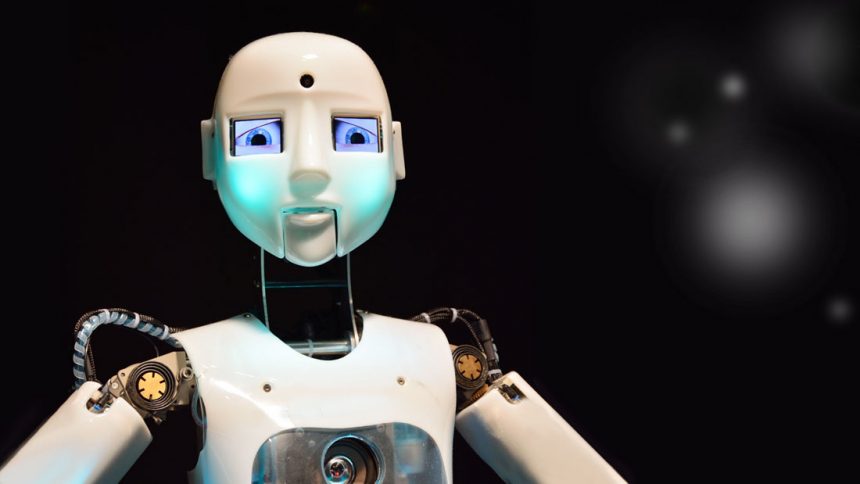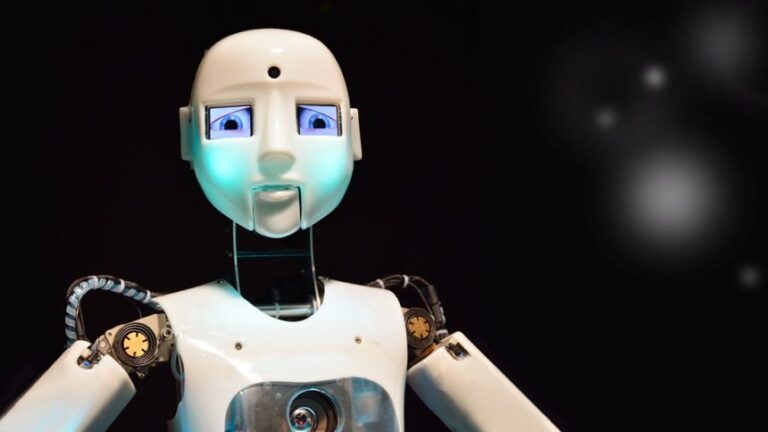Xenobots are a new class of biological machines that are created from frog cells using a combination of computer modeling and experimentation. While xenobots hold tremendous potential for various applications in fields such as medicine and environmental science, there are several challenges associated with working with them. Some of these challenges include:
- Ethical concerns: As xenobots are living organisms, ethical concerns may arise around their creation and use, particularly in cases where they are used in potentially risky or invasive applications.
- Lack of predictability: The behavior of xenobots can be difficult to predict, as they are composed of living cells that are influenced by various factors such as temperature and nutrient levels. This unpredictability can make it challenging to design and control their behavior.
- Limited lifespan: Xenobots are made of living cells, and as such, they have a limited lifespan. This means that they may not be suitable for applications where long-term performance is required.
- Difficulty in scaling: Xenobots are currently created through a complex and time-consuming process, which makes it challenging to scale their production for large-scale applications.
- Lack of standardization: As xenobots are a new and rapidly evolving technology, there is currently a lack of standardization in terms of their design, fabrication, and characterization. This can make it difficult to compare and replicate results across different research groups.
- Complexity of their design: Xenobots are composed of multiple different cell types, and the precise configuration of these cells can impact their behavior. Designing and optimizing the structure of xenobots can be challenging, as it requires a deep understanding of both the biology of the cells involved and the principles of engineering and robotics.
- Potential for unintended consequences: As xenobots are a new and relatively untested technology, there is a risk of unintended consequences arising from their use. For example, if xenobots are released into the environment, there is a possibility that they could interact with other organisms in unpredictable ways, potentially causing ecological harm.
- Difficulty in controlling their behavior: While xenobots can be designed to perform specific tasks, such as moving in a particular direction or carrying out a specific action, controlling their behavior in more complex environments can be challenging. This is because their behavior is influenced by a wide range of factors, including external stimuli, internal cellular signaling pathways, and interactions with other organisms.
- Limited understanding of their biology: Despite the significant progress that has been made in developing and optimizing xenobots, there is still much that is not fully understood about the biology of the cells involved. This can make it challenging to predict and control their behavior with a high degree of accuracy.
- Regulatory and safety concerns: As with any new technology, there are regulatory and safety concerns associated with the development and use of xenobots. Ensuring that xenobots are safe and pose no risk to human health or the environment will be an ongoing challenge for researchers and regulatory agencies alike.






